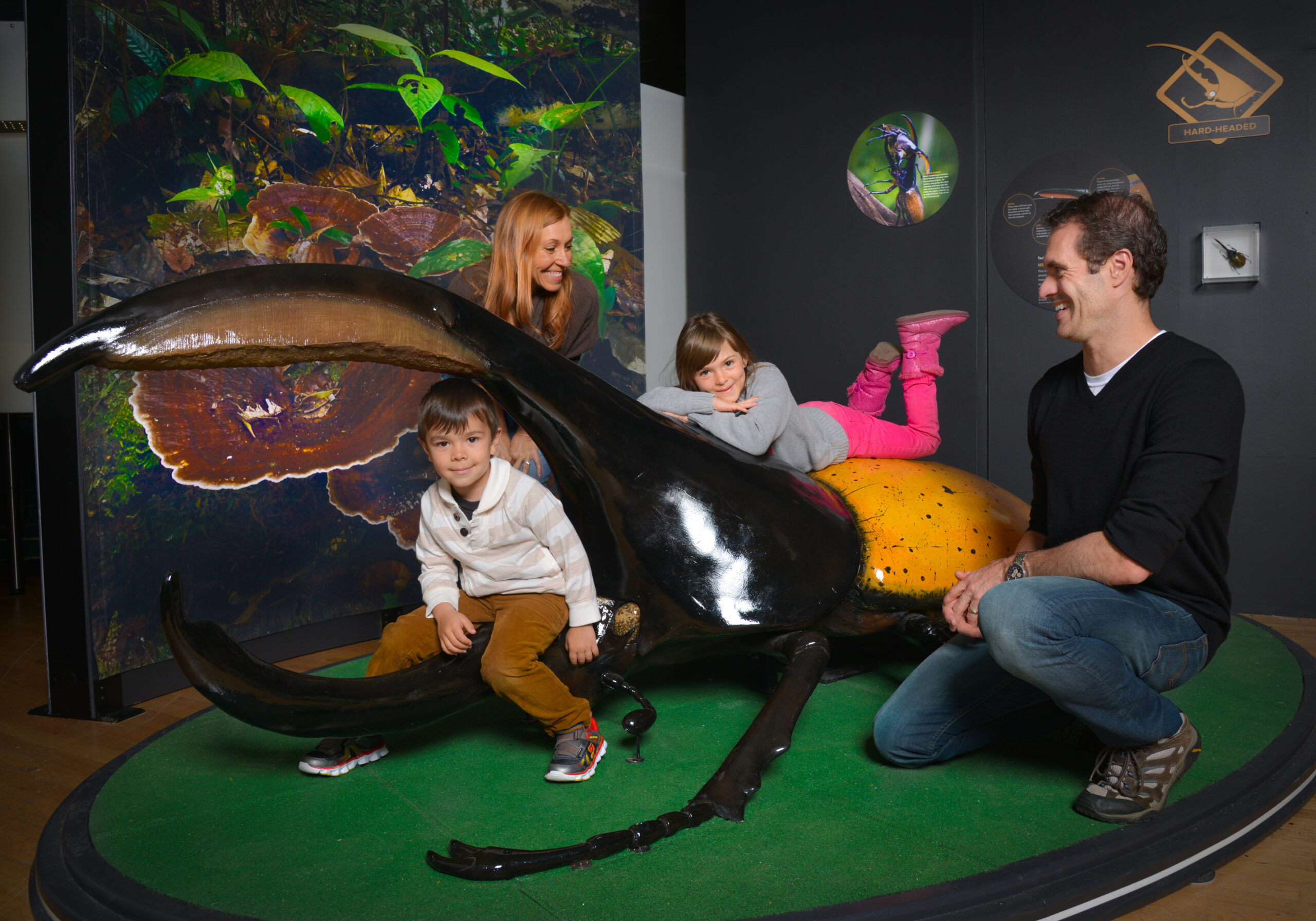NEW EXHIBITION SHOWCASES VARIETY OF ‘SUPERPOWERS’ ORGANISMS USE TO SURVIVE AND THRIVE ON EARTH
Dec. 5, 2023 — Royal Botanical Garden
Holding your breath for up to two hours. Gulping down a snack 10 times your own weight. Living in crushing depths where there is no sunlight to support life. These may sound like superpowers to humans, but somewhere on this planet, an organism is using one of these extraordinary talents to go about its daily tasks. Nature’s Superheroes: Life at the Limits, a new exhibitionopening January 27, 2024 at Royal Botanical Gardens, offers a fascinating glimpse of breathtaking diversity, the natural world and the power of natural selection to shape exceptional responses to the challenges, and opportunities, of life on Earth.
“The Royal Botanical Gardens has a long history of connecting visitors with nature and educating them on the importance of conservation,” said Neil Lumsden, Minister of Tourism, Culture and Sport. “Make your way to Burlington and experience Nature’s Superheroes: Life at the Limits, a fascinating new exhibit that showcases the power and intricacies of the natural world.”
Featuring life-size and larger-than-life models, of live animals, videos, and interactive exhibits, Nature’s Superheroes: Life at the Limits highlights an array of organisms with surprising ways of thriving in harsh environments, finding a mate or their next meal, leveraging strength, endurance, speed, and more.
“The new Nature’s Superheroes exhibit at the Royal Botanical Gardens in Burlington showcases extraordinary superpowers of insects and organisms,” said Natalie Pierre, MPP for Burlington. “This is an excellent opportunity for children and adults of all ages to learn about the amazing bio-diversity on earth. The Royal Botanical Gardens continues to serve and delight the people of Burlington as a hub for conservation, education and horticultural activities.”
“As our ability to access and study more remote environments increases, scientists are continually discovering new organisms and even communities thriving in what appear to be some of the most inhospitable places – the deepest ocean trenches, surrounding deep sea thermal vents, at great depth within perpetually dark caves, and even within the polar ice sheets,” said John Sparks, co-curator of Life At The Limits and curator in the Department of Ichthyology at the American Museum of Natural History. “This exhibition highlights the challenges all organisms face in the struggle to find a mate and food, survive in different, often hostile, environments, avoid predation, and ultimately reproduce, and focuses on amazing species at the extreme physical and physiological limits of life. I never cease to be amazed by the wonders that natural selection can produce given enough time.”





